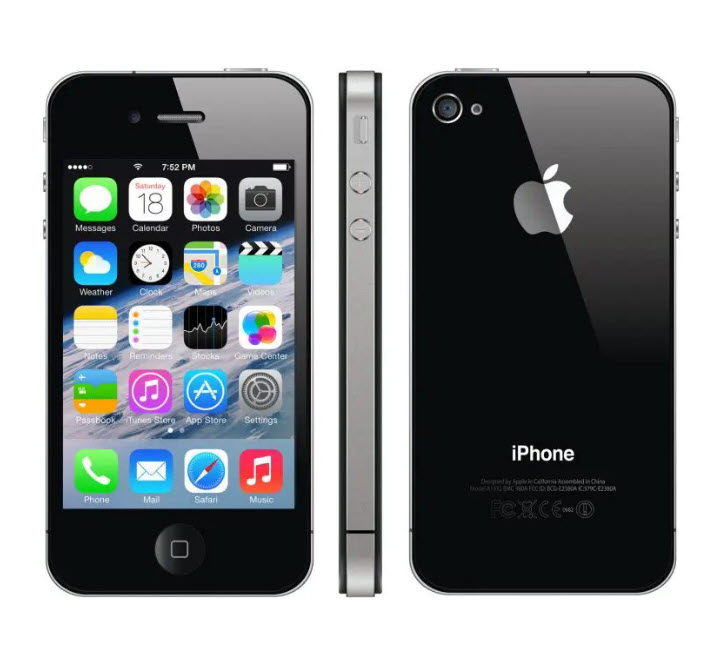Introduction
The iPhone 4S, launched in October 2011, marked a significant milestone in Apple’s smartphone journey. Renowned for its innovative features and sleek design, the iPhone 4S set the stage for future advancements in mobile technology. Let’s explore the detailed specifications that made the iPhone 4S a groundbreaking device in its time.
Specifications of iPhone 4S
The iPhone 4S was an upgraded version of its predecessor, the iPhone 4, featuring enhanced hardware and software capabilities. It introduced Siri, Apple’s voice-activated personal assistant, and came with a host of other improvements that elevated user experience.
Design
The iPhone 4S maintained the iconic design of the iPhone 4, featuring a glass front and back with a stainless steel frame. The device’s build quality was exceptional, offering a premium feel and solid durability.
Display
The iPhone 4S boasted a 3.5-inch Retina display with a resolution of 640 x 960 pixels. This provided a pixel density of 326 PPI, ensuring sharp and vibrant visuals. The screen was protected by Corning Gorilla Glass, adding an extra layer of durability.
Processor
Powered by the Apple A5 chip, a dual-core processor, the iPhone 4S delivered impressive performance. It was capable of handling multitasking, gaming, and other intensive applications with ease. The device also featured 512 MB of RAM, which was sufficient for its time.
Camera
The iPhone 4S was equipped with an 8-megapixel rear camera, featuring an f/2.4 aperture and LED flash. It offered advanced optics, allowing users to capture high-quality photos and 1080p HD videos. The front-facing VGA camera facilitated video calls and selfies.
Software
Upon its release, the iPhone 4S ran on iOS 5, which brought new features like i-Message, Notification Center, and improved multitasking. The device received several updates over the years, with its final official update being iOS 9.
Internal Storage (ROM)
The iPhone 4S was available in three storage variants: 16 GB, 32 GB, and 64 GB. This allowed users to choose a model that best suited their storage needs, whether for apps, photos, videos, or other data.
Battery Life
The device featured a 1,432 mAh battery, providing up to 8 hours of talk time on 3G and up to 200 hours of standby time. While these numbers might seem modest by today’s standards, they were competitive at the time of its release.
Security Features
The iPhone 4S included several security features, such as passcode protection and the ability to remotely wipe data via Find My iPhone. These features ensured that users’ personal information remained secure.
Comparison with iPhone 4
Compared to the iPhone 4, the iPhone 4S offered significant improvements in performance, camera quality, and software features. The introduction of Siri and the A5 chip were particularly notable upgrades that set the iPhone 4S apart.
Pros and Cons
Pros
- High-quality Retina display
- Excellent camera performance
- Introduction of Siri
- Solid build quality
Cons
- Limited RAM (512 MB)
- No LTE support
- Non-expandable storage
Conclusion
The iPhone 4S was a revolutionary device that pushed the boundaries of smartphone technology in its time. With its powerful performance, innovative features, and sleek design, it remains a memorable model in Apple’s illustrious history. Whether you’re reminiscing about the past or exploring vintage tech, the iPhone 4S is a testament to Apple’s commitment to excellence.
FAQs
Q. Does the iPhone 4S support Siri?
A. Yes, the iPhone 4S was the first iPhone to introduce Siri, Apple’s voice-activated personal assistant. Siri allowed users to perform a variety of tasks, from setting reminders to sending messages, using voice commands, making the device more interactive and user-friendly.
Q. Can the iPhone 4S be updated to the latest iOS version?
A. The iPhone 4S can be updated to iOS 9, which is the latest version it supports.
Q. Is the iPhone 4S compatible with LTE networks?
A. No, the iPhone 4S does not support LTE; it supports 3G connectivity.





There are no reviews yet.